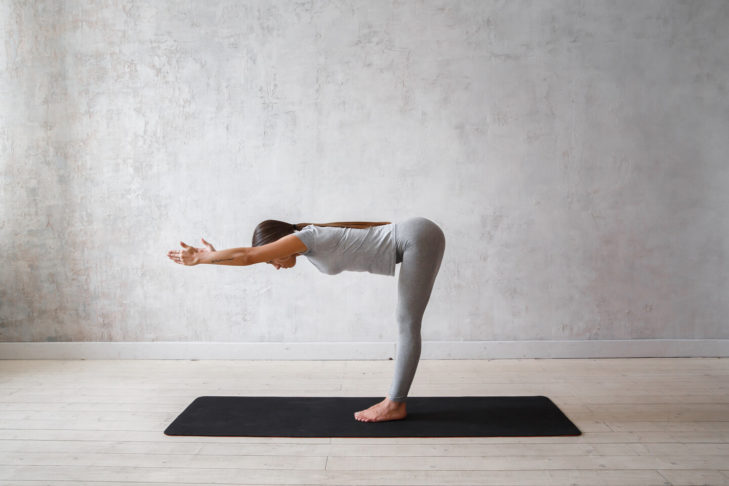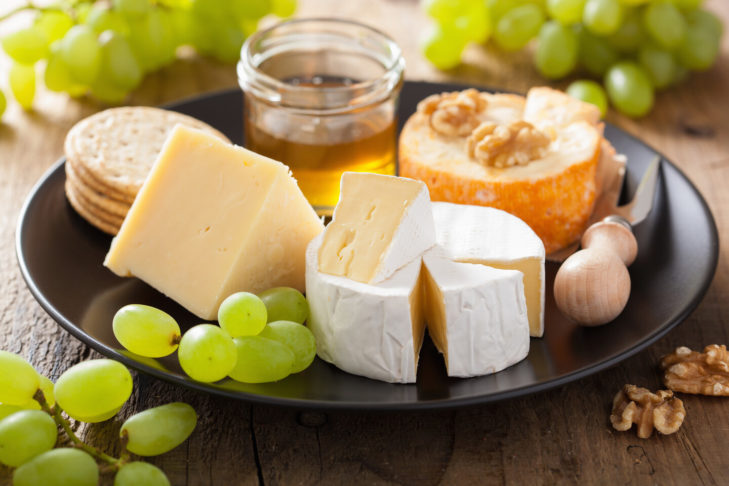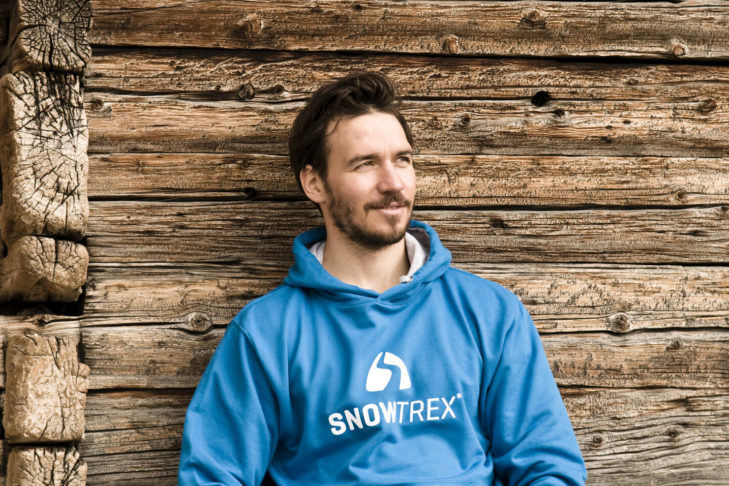Resting times for your muscles are as much a part of winter sports as the bindings are to skis. If you choose a sauna instead of a drink for après ski, you’ll feel better and can do more on the slopes. Here are six tips for the right type of regeneration during your skiing holiday.
1. Gymnastics & Stretching
After skiing, the path often leads either directly to the après ski bar, to the parlour for dinner or to the sauna. This is certainly fine, but it’s even better to do a small cool-down phase beforehand. We recommend a session of light gymnastics and stretching.
During intensive sport sessions, such as alpine skiing, the muscles are extremely strained and strongly contracting. In order for them to recover well afterwards, they have to be pulled apart again, so to speak. That’s why stretching is important. Admittedly, “correct” stretching is a complex and much discussed philosophy. However, as is so often the case, a rule of thumb works: as much as necessary and as little as possible. How about a few yoga exercises, for example?
2. Shower Power
Based on the famous Kneipp treatment, it is advisable to shower with alternating cold and warm water. Your metabolism is stimulated by the temperature fluctuations and not only muscles, but also bones, cartilage, tendons and ligaments are better supplied with blood and nutrients.
3. Sauna
The sauna has a similar effect: the body is gently overheated, the vessels dilate and more blood & nutrients are pumped into the tissue. In addition, heat relaxes the muscles. During a regenerative sauna session, you can take it easy. One or two sessions of 15 minutes each at a maximum of 60 degrees Celsius are sufficient. Just don’t take too long and too hot a sauna, otherwise the body will be unnecessarily stressed.
4. Stay Hydrated & Eat Healthy
It is also important to eat nutritious food and stay hydrated. Sufficient hydration is not only important after a sauna session – during the ski day and also in the evening, a healthy mineral balance in the body must be ensured. You should drink at least 2 litres per day – everything from water and juices to isotonic drinks is allowed. However, alcohol is excluded as it extracts water from the body and inhibits important muscle-building processes. This cellular poison is absolutely counterproductive for effective regeneration.
When eating, you can really strengthen your muscles with certain foods. Proteins are essential for muscle building and shortly after exercise, the body can utilise them best. Those who want to do something good for their body can eat delicious cottage cheese, tuna fillets or egg salad after the last descent. Vegetarians who want to do without animal proteins should try dishes with soybeans, peanuts, lentils, almonds, oat flakes, chia seeds and quinoa.
5. Plenty of Sleep
At night, the body recovers particularly well. In the afternoon, lay down for a short period of time and close your eyes. Your body regenerates best during the deep sleep phase. When sleeping, the body produces most of the proteins and growth hormones that cause cell renewal, among other things. A healthy, sufficiently long night’s sleep is therefore extremely important for regeneration.
6. Listen to Your Body
As a general rule, the greater the effort, the more regeneration is necessary. Professional athletes need different resting periods than hobby athletes. “Listen to your body” is a much quoted sentence from coaches and doctors – and this should be heeded by every athlete.
Regeneration with Trexpert Felix Neureuther
“I prefer to sit down to eat right after a day’s skiing. While wearing my ski gear, I can enjoy tea and bread as well as being together with my family”.







